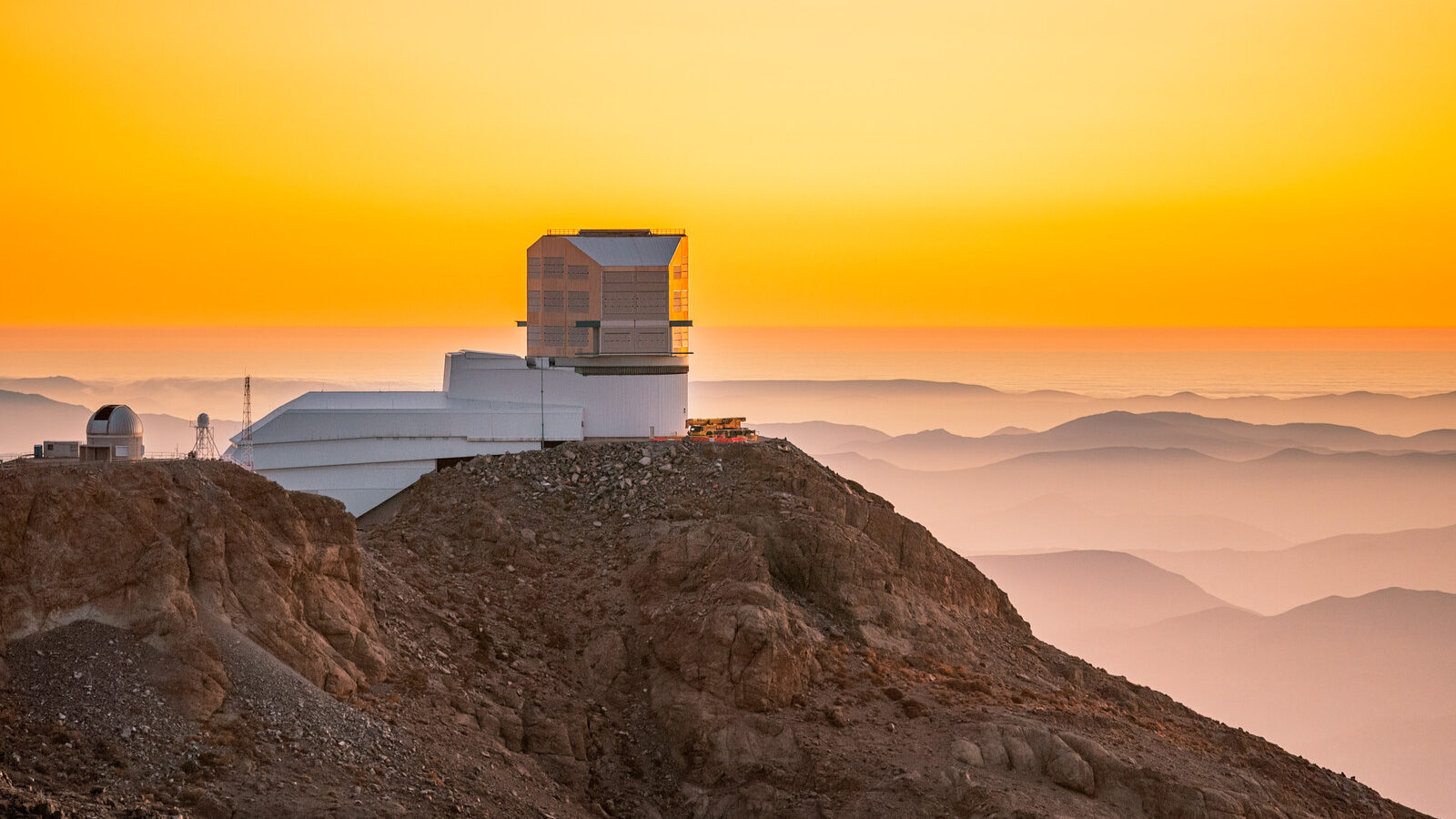Cosmic Menagerie: A History of Animals in Space (Infographic)

Since the 18th century, animals have been used for tests aboard balloons and aircraft. In 1783, a sheep, duck and rooster were sent up in the newly invented hot-air balloon. The balloon flew for 2 miles (3.2 kilometers) and landed safely.
The first animals in outer space were fruit flies launched in a captured Nazi V-2 rocket on Feb. 20, 1947. The flies reached an altitude of 68 miles (108 km) and were recovered alive by parachute.
Albert II became the first monkey in space on June 4, 1949. He reached an altitude of 83 miles (134 km), but died on impact when the parachute failed. A previous monkey, Albert I, died when the V-2 rocket failed before reaching peak altitude. Two other monkeys, Albert III and IV, also died when their rockets failed.
A mouse launched on Aug. 15, 1950, attained an altitude of 85 miles (137 km), but died when the rocket disintegrated due to parachute failure. Several other mice were launched during the 1950s.
A total of 32 monkeys have flown in space, including (from left): rhesus macaques, cynomolgus monkeys, squirrel monkeys and pig-tailed monkeys. Chimpanzees have also flown.
In the 1950s, the Soviet Union launched a total of 12 dogs on various suborbital flights. Stray dogs were used since they were thought to be capable of handling extreme cold.
Laika became the first living being to orbit the Earth on Sputnik 2, Nov. 3, 1957. She died several hours into the flight from stress and heat.
On May 28, 1959, rhesus monkey Able and squirrel monkey Baker became the first to successfully return to Earth after space flight. The monkeys survived 32 times the pull of Earth’s gravity and were weightless for 9 minutes out of their 16-minute flight.
A July 2, 1959, Soviet launch carried two dogs and the first rabbit into space.
The Soviet Sputnik 5 (Aug. 19, 1960) was the first to return animals alive from orbit. The passengers were the dogs Belka and Strelka, plus a gray rabbit, 42 mice, two rats and fruit flies.
On Jan. 31, 1961, Ham the Chimpanzee flew a Mercury capsule on a sub-orbital trajectory, three months before Alan Shepard’s flight. Enos became the first chimp to orbit a Mercury spacecraft on Nov. 29, 1961. Both chimps survived their flights.
The French launched the first cat into space on Oct. 18, 1963. Félicette had electrodes implanted in her skin to transmit her condition. She reached an altitude of 100 miles (160 km) and landed safely.
China launched mice, rats and dogs between 1964 and 1966.
Russian space dogs Veterok and Ugolyok orbited a record 22 days before landing safely on March 16, 1966. Their record for longest space flight by dogs still stands.
In 1968, the Soviet Zond 5 became the first spacecraft to circle the moon, carrying a payload of two Russian tortoises, wine flies, mealworms, plants, seeds and bacteria. Zond 6 flew a similar trajectory later that year, but the biological specimens were killed by a malfunction on the return trip.
In the late 1960s, NASA launched a series of Biosatellites carrying insects, frog eggs, microorganisms and plants. The third and final Biosatellite carried a pig-tailed monkey. It died hours after landing from a heart attack.
After humans landed on the moon in 1969, animals in space no longer made the headlines, but spacecraft still carried biological payloads, including rabbits, turtles, insects, spiders, fish, jellyfish, amoebae and algae. In 1973, two female European garden spiders named Arabella and Anita spun webs aboard the NASA space station Skylab for 59 days. Biological payloads have also flown on NASA’s Space Shuttle and the space stations of both Russia and America.
From 1966 to 1996, Russia launched a series of 11 Bion satellites. Research partners have included Austria, Bulgaria, Canada, China, the Commonwealth of Independent States, Czechoslovakia, East Germany, the European Space Agency, France, Germany, Hungary, Lithuania, Poland, Romania, Ukraine and the United States.
The Bion series resumes in 2013 with Bion-M1. Rodents on the spacecraft will spend a month experiencing spaceflight conditions. [See photos of the Bion-M1 space animals mission]
- Photos: Pioneering Animals in Space
- Animals in Space: 10 Beastly Tales
- Iran Claims to Have Sent Monkey Into Space | Video
Follow us @Spacedotcom, Facebookand Google+.
Join our Space Forums to keep talking space on the latest missions, night sky and more! And if you have a news tip, correction or comment, let us know at: community@space.com.
Breaking space news, the latest updates on rocket launches, skywatching events and more!

Karl's association with Space.com goes back to 2000, when he was hired to produce interactive Flash graphics. From 2010 to 2016, Karl worked as an infographics specialist across all editorial properties of Purch (formerly known as TechMediaNetwork). Before joining Space.com, Karl spent 11 years at the New York headquarters of The Associated Press, creating news graphics for use around the world in newspapers and on the web. He has a degree in graphic design from Louisiana State University and now works as a freelance graphic designer in New York City.
